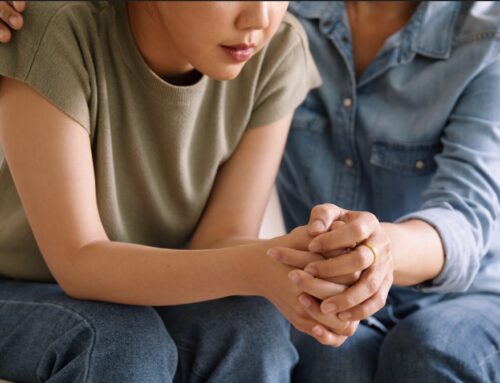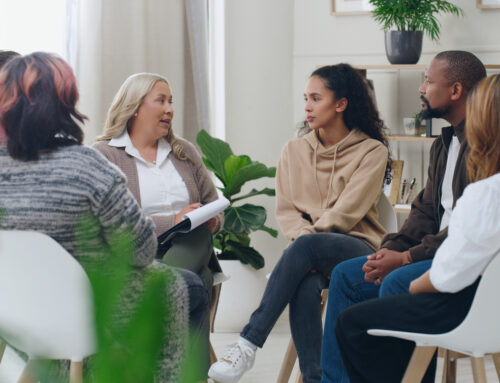Binge-eating disorder (BED) is associated with the following symptoms:
- Eating unusually large amounts of food, more than most people would in a similar setting
- Eating even when you’re full or not hungry
- Eating rapidly and alone
- Feeling like you have no control in the situation
- Negative feelings after binging: depressed, disgusted, ashamed, guilty
- Long history of dieting
- Gaining and losing weight from yo-yo dieting
BED is often misunderstood. Even people that know they have this disorder struggle with the food specific aspects of recovery. As a dietitian I am often asked by clients struggling with BED questions like, “should I just not buy cookies since every time I eat them I can’t stop?”
This is a loaded question with no “yes” or “no” answer. In an ideal scenario I would love to focus on having said clients make peace with cookies rather than deem them the enemy and refuse to engage. Unfortunately, it’s not that simple.
There are steps in the process of eating disorder recovery. Jumping to the end steps without mastering previous skills can lead to frustration and delayed recovery. In the early stages of BED recovery I suggest not buying the triggering foods, so, in this scenario; I would initially say, “no, do not buy cookies.” In the early stages it is important to change your environment to set yourself up for success not challenge your resolve or test your distress tolerance skills. It’s just not helpful and can feel like torture.
I suggest that clients make a list of all of their triggering foods and categorize them by lowest risk, moderate risk, and highest risk binge foods. We start by reintroducing the lowest risk binge food. For example, maybe Nutella is a patient’s lowest risk food. The memory of eating a jar of Nutella in 15 minutes flat while standing at the counter with a spoon in their hand is fresh in their mind, but so is the memory of having a swipe of Nutella on their apple during lunch at work.
We plan when, where, and with whom the next Nutella encounter will occur. We plan the rest of the food in the meal; we plan the remainder of the day after exposure to this risk food occurs. This type of planning sets clients up to have a successful experience with a low risk binge food. This will increase their confidence. After methodically going through all of the low risk foods we move on to the moderate risk foods with the same attention to detail. Eventually we get to the highest risk foods. These may be reintroduced during therapeutic meals if the client is currently in treatment or perhaps with a therapist or dietitian during an outpatient appointment.
So, to answer the question, “should I just not buy cookies?” that would depend on how the reintroduction went. If it went well and we can normalize cookies, great! Maybe having a bag of cookies in the house will feel no different than the bag of frozen peas in the freezer. If the reintroduction does not go well after a few attempts, it is possible that the connection or addictive response to cookies warrants the recommendation of not buying them. In my experience, having to banish the food is not the common outcome. As a matter of fact, a former Walden client recently told me that she is about to throw out old Halloween candy. She never thought that in her house sweets would go bad before they were consumed!
About the author:
Kelly Stellato, MS, RD, LDN is a registered dietitian working in Walden Behavioral Care’s Partial Hospitalization Programs in both Northampton, MA and South Windsor, CT as well as in the BED Intensive Outpatient Program in Northampton. Kelly has been with Walden since 2008 and looks forward to helping people achieve peace with food through medical nutrition therapy.





